Dog Potty Area Guide: Tips and DIY Ideas
Have you recently added a new furry friend to your home? One of the first challenges we face as pet owners is potty training – showing our pals where and when they can do their business.
For the easiest time for both you and puppy, you should create a designated potty area. But what does that require, and how should it be done?
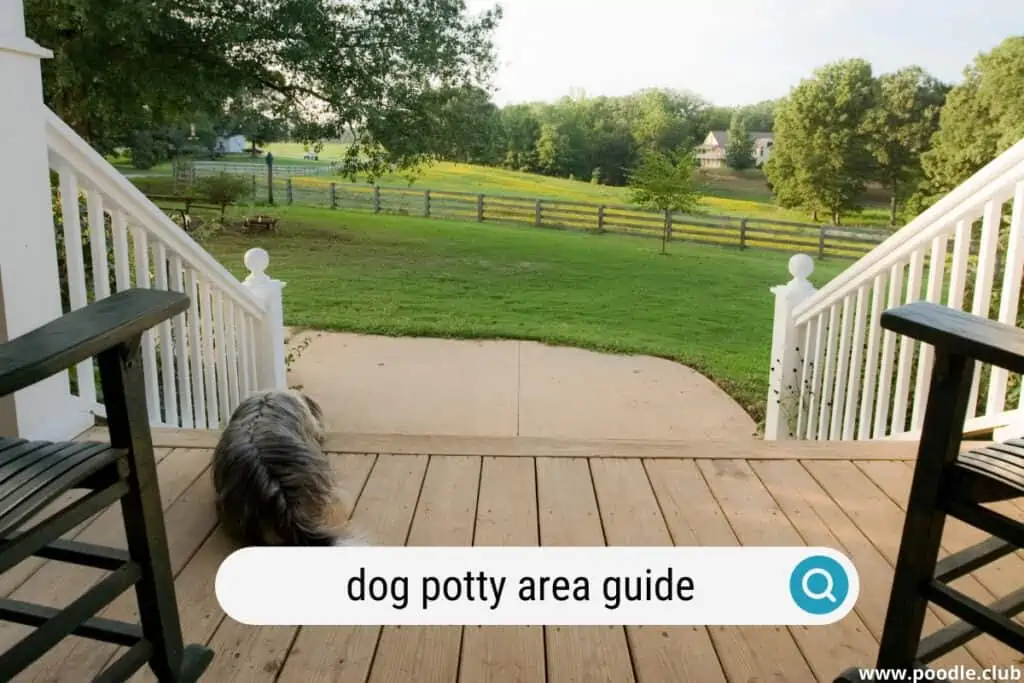
We’ll cover everything you need to know to create an easy and effective potty area so you and your dog have a great start!
Where Do You Place Your Potty Area?
The area you designate as a potty area for your dog should be straightforward and intuitive. Close by, easy to access, and easy to clean up! The easiest way is to create a separate space for your dog in your backyard.
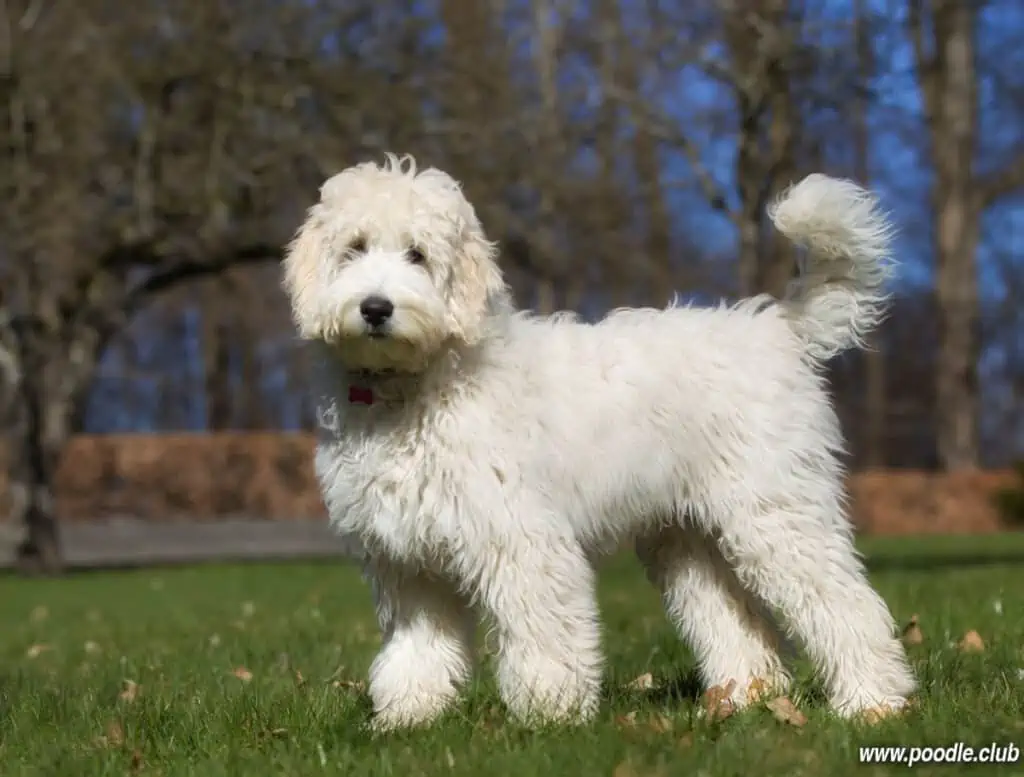
How Big Does Your Dog’s Potty Area Have To Be?
The size of your dog and the yard space available determines the size of the potty area. Some dogs are selective with where they pee and poop!
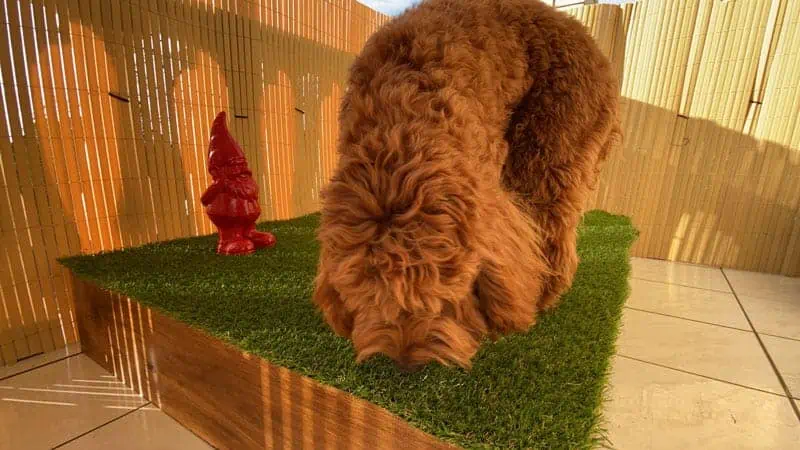
You don’t want your dogs walking to an area that is dirty to do their business. Find an area that is clean and easy to maintain.
Always remember that the potty area you select for your dog is for the convenience of everyone. If you choose too small a space, your dog may end up going outside this area and give you more clean-up work.
PuppySpot is a reputable dog marketplace where you can browse and find compatible puppies right from the comfort of your home. They have placed over 200,000 puppies into homes in the US!
The minimum area you designate should be at least big enough to allow for circular movements.
Aspects That Influence Comfort
Consider the following when you set up your puppy’s potty area.
Layering Material
You can layer various materials in the potty area to promote comfort. Here are some options!
Natural Grass
Grass potty materials are cheap. Free, in fact, if you use what already exists outside! Natural grass is also comfortable and easy on your dog’s paws.
However, if your dog continues to go in the same spot, the grass is likely to die and turn brown over time. You may not want that!
It also has disadvantages in that it makes it difficult to train your dog not to use the rest of your lawn as its potty.
Artificial Grass or Turf Roll
Alternatively, you might want to try artificial grass or a turf roll for your dog. Don’t worry – as long as you purchase it from a reputable buyer, artificial grass is chemical-free.
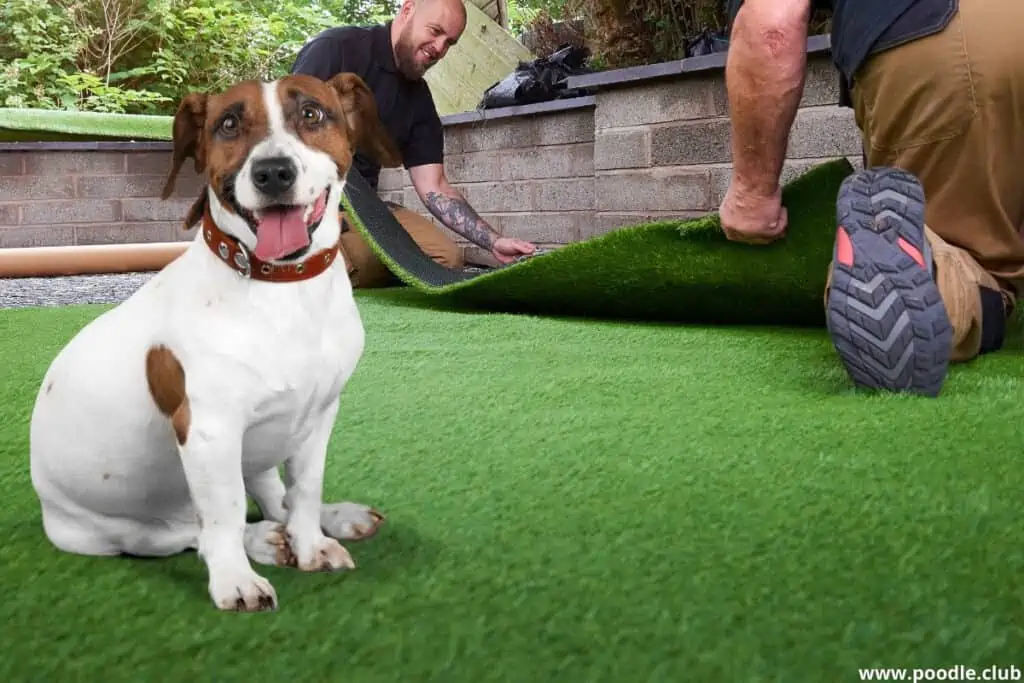
This grass emulates a natural habitat for your dog, won’t turn brown with time, and features some other exciting benefits – no digging and no mud! The turf will simply absorb the dog’s urine, and all you’re left with is your standard poop-scooping.
It’s also less maintenance for you as a homeowner. Gone are the days of mowing, and your grass will stay green season round. These installations also last for several years, so they may be an investment worth considering!
Gravel
Gravel is convenient for you to drain your dog’s pee. It comes in a variety of particle sizes, too. Unfortunately, it is difficult to collect waste cleanly in comparison to grass.
Pea gravel is an alternative to regular gravel because of its smaller and smoother pebbles. It is more comfortable for your dog, but has the same waste collection challenges.
Mulch
Mulch is inexpensive if you want a fast potty area for your dog. It’s comfortable, looks nice, and has good drainage. However, it will deplete over time, so you’ll need to replenish it.
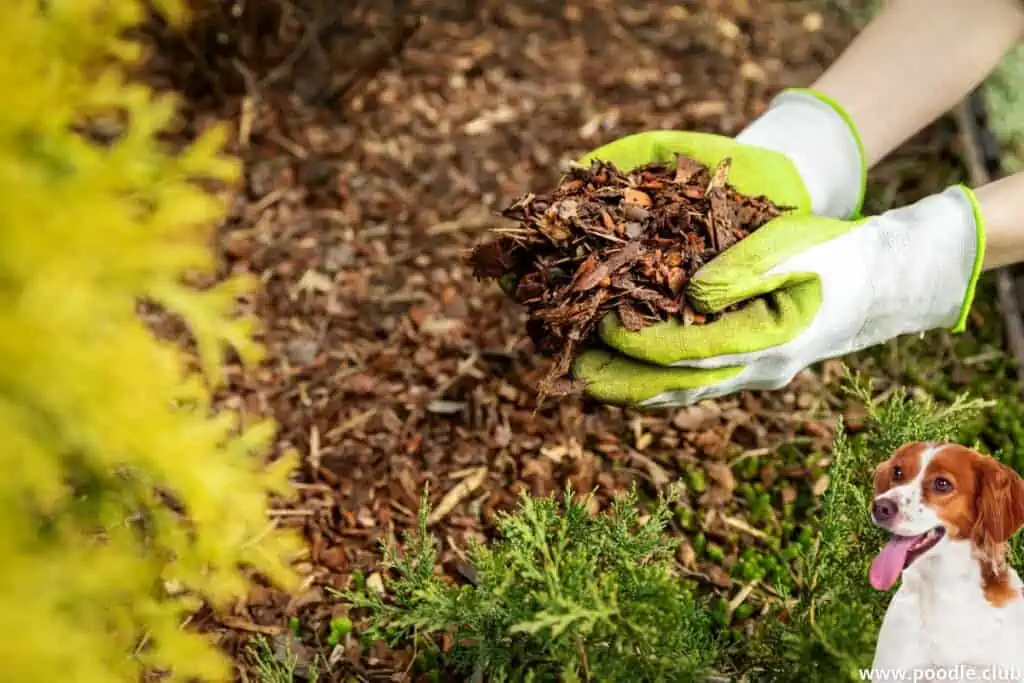
You can compensate using wood chips to help it last longer.
When going for mulch, be careful with the plant materials you get. Plants such as cocoa bean mulch are dangerous for your dog if ingested. There’s also the risk you get a curious chewer and your dog decides eating the wood chips and mulch is a good idea, so keep that in mind, too.
Smell
To keep things hygienic, keep your dog’s potty space away from areas you frequently use. You don’t want to have dinner while a breeze carries that lovely scent through your window.
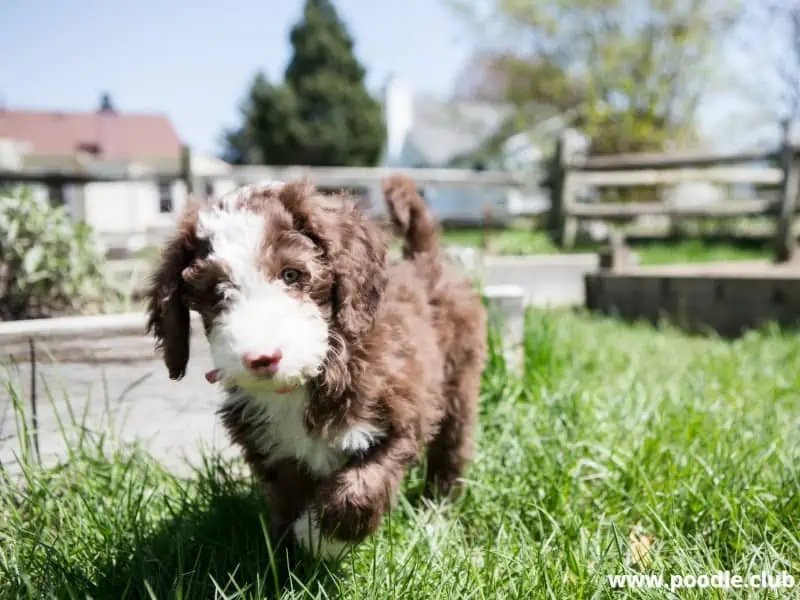
Weather
The location you choose as a potty area in your backyard should be easily accessible for you and your dog. Don’t forget to consider the weather!
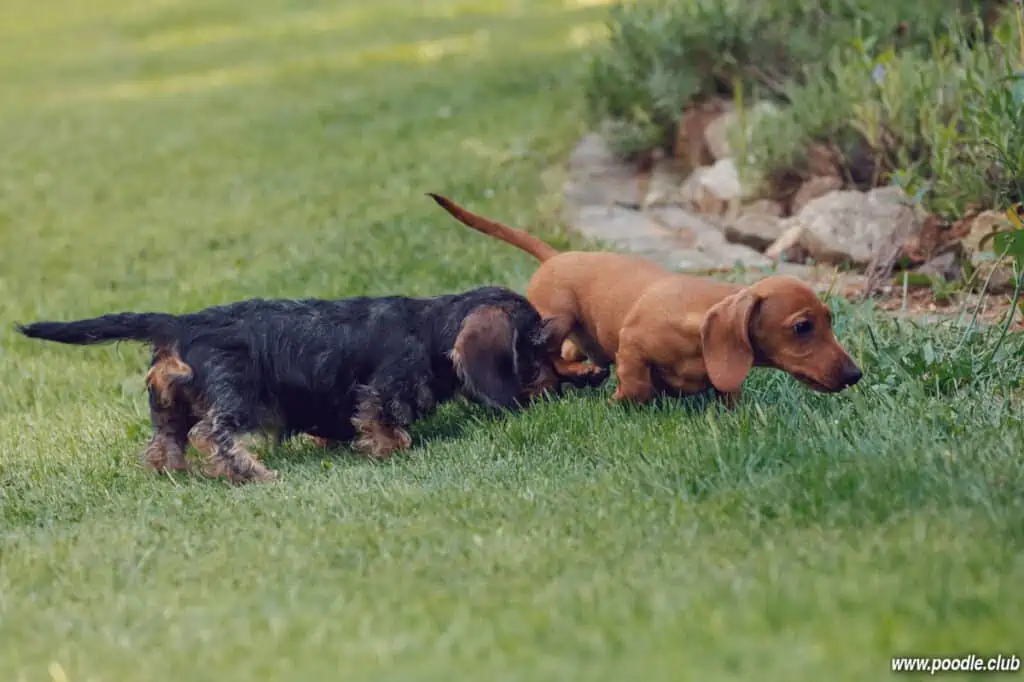
For example, snow makes it less convenient to shovel dog poo at a long-distance. Similarly, designate dog potty areas in a cool, shady area for sunny environments.
Landscape
Pay attention to the slope of your house. Place your dog’s potty area away from your home and the other regions you plan to use. For example, placing a dog potty area uphill can contaminate your vegetable garden or result in pee running down into your living space.
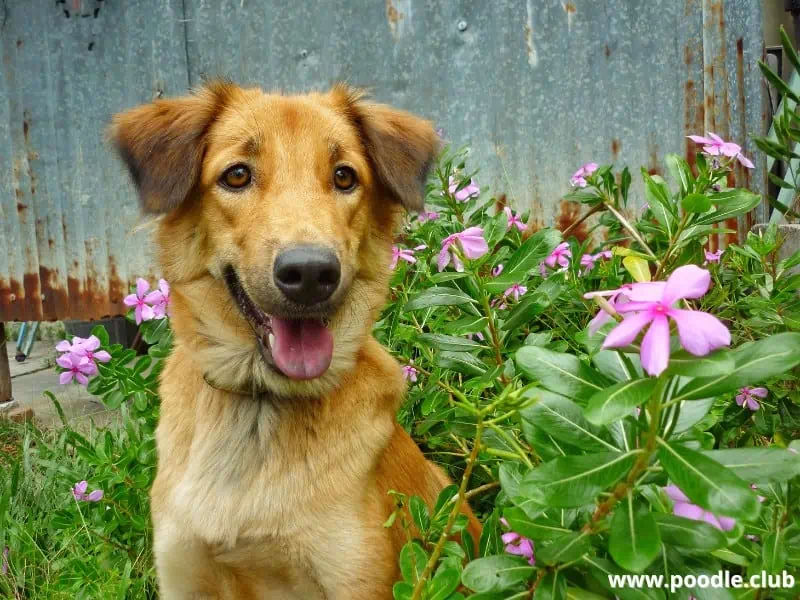
When you set up your potty area, consider planting some nice flowers or bushes in front of it! That way, you’ll have something nice to look at, and if you place it right, you’ll successfully disguise the area in your yard from passersby.
How To Make an Effective Potty Area for Your Dog?
Creating a potty area for your dogs may feel intimidating, but it doesn’t have to be stressful! Here’s an easy step-by-step method to follow.
Get the Right Tools
You need:
- Pea gravel
- Rocks
- Shovel
- Rake
- Weed blocker fabric
- Edging
Steps
1. Define the potty area for your dog. Use edging to mark this space and hold in your selected material (in this example, gravel). Wood is the most traditional material for edging, but you can use more decorative materials if you choose.
2. Once you have delineated your dog’s potty area, lay down weed blocker fabric to discourage weeds from growing.
3. Put down rugged rocks as a base layer to improve drainage. If your yard has pre-installed hard rock landscaping, skip this step.
4. To determine how much pea gravel you will need, choose the area of your dog’s potty area in square feet. The depth of the pea gravel is 3/8 inches, so you will multiply the area by three and divide by 12. This is the amount of pea gravel you will purchase in cubic feet.
Another option is to consult with a local landscaping company. They will have better pricing estimates for your dog’s potty area and may offer you additional services such as delivery and installation.
Once you obtain your pea gravel, spread it using your rake to get an even layer of about 3 inches.
5. Congratulations! At this point, you have an essential potty area for your dog. You can now add a few potted plants to improve the appearance and use other rocks to create a walkway for your dog.
Potty Training Your Dog
Once you have created a potty area for your dog, it is time to train them to use it! Here are some helpful tips:
Scheduling
Developing a schedule will make the process easier for both of you! Schedule regular meal times and play times so both you and your dog know what to expect and when. A consistent feeding schedule allows you to take your dog to its potty area and reinforce behavior on when to eat and when to pee and poop.
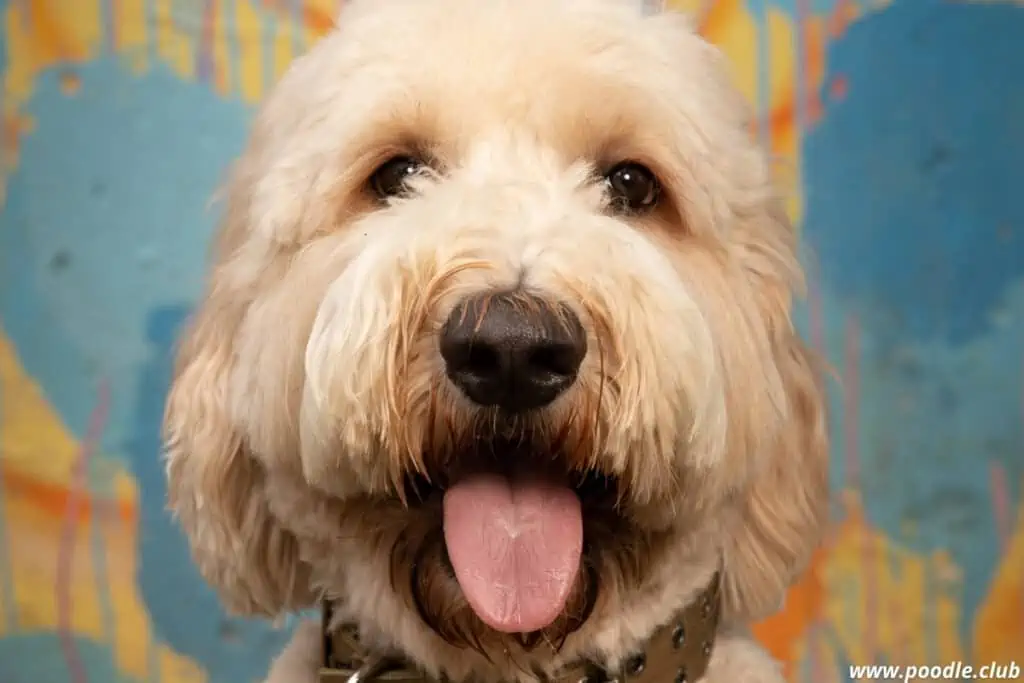
Some of the most common times for doing business include:
- Early morning after waking up
- At night before sleeping
- After playing indoors
- After waking up from a nap
- After eating
- After drinking water
Know When Your Dog Needs To Go Outside
Your dog will give you cues and signals when it needs to go out. As soon as you notice, direct them to the potty area to help establish that this is where they should go.
Confine Your Dog to One Location
Don’t let your dog run the entire yard when you begin potty training. Instead, confine them to one spot using a leash, and release them once they’ve gone. You can also include a temporary fence to block off the potty area.
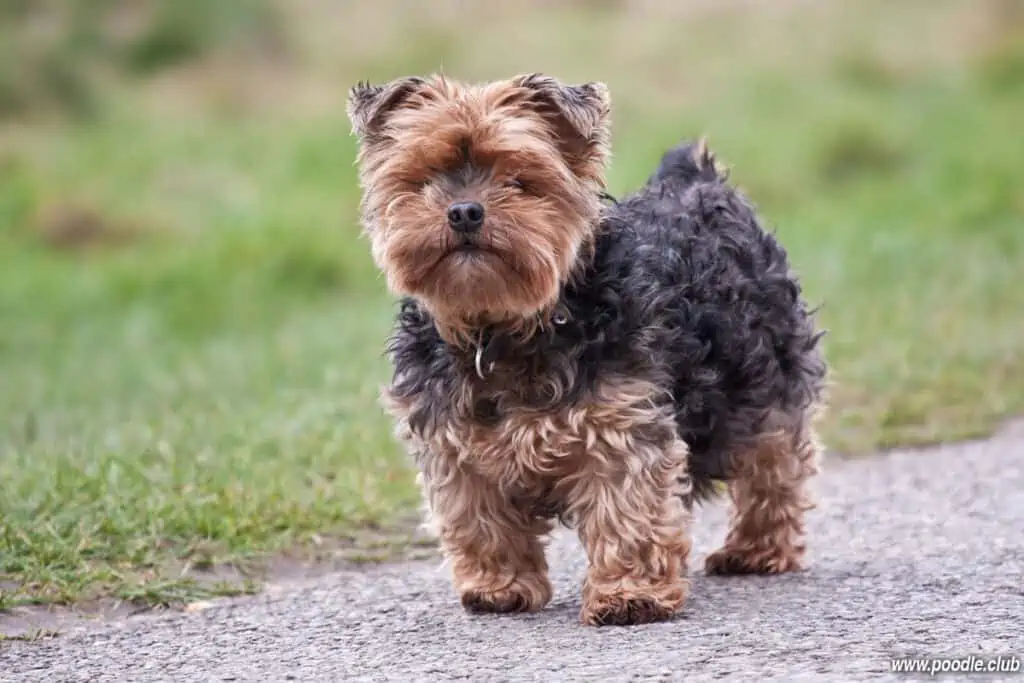
Give Your Dog a Potty Phrase
Select a phrase you will use each time you take your dogs to their potty area, such as “go potty!” You will associate the action with this word. Place your dog in the enclosed area and give it your pottying cue.
Behavior Reinforcement
Positive reinforcement will improve the success of your potty training. For instance, if your dog recognizes your phrase and goes potty, offer a reward! They’ve done a good job, and it’s important to let them know!
This way, you’ll create a positive association between using the potty site and treats and praise.
Cleaning Up
If your dog accidentally goes in the house, don’t make a big deal out of it and use a cleaner that eliminates odors. If you don’t clean the spot well enough, your dog may still smell their waste and go back there again.
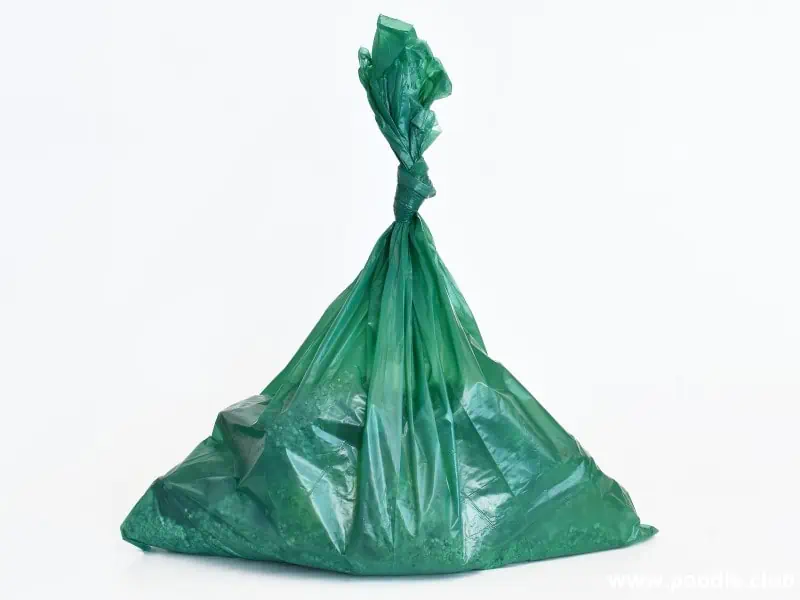
Final Thoughts
Are you ready to create your dog’s potty area? We hope we’ve helped you!
Introducing your dog to a new potty area in your backyard takes time and patience, but as long as you remain positive and continue to encourage your pet, your new area will soon become like home.
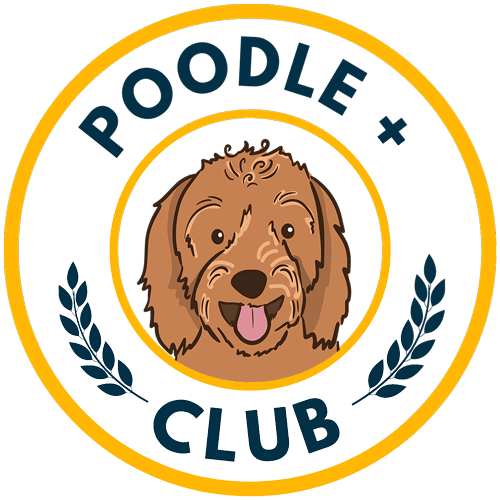
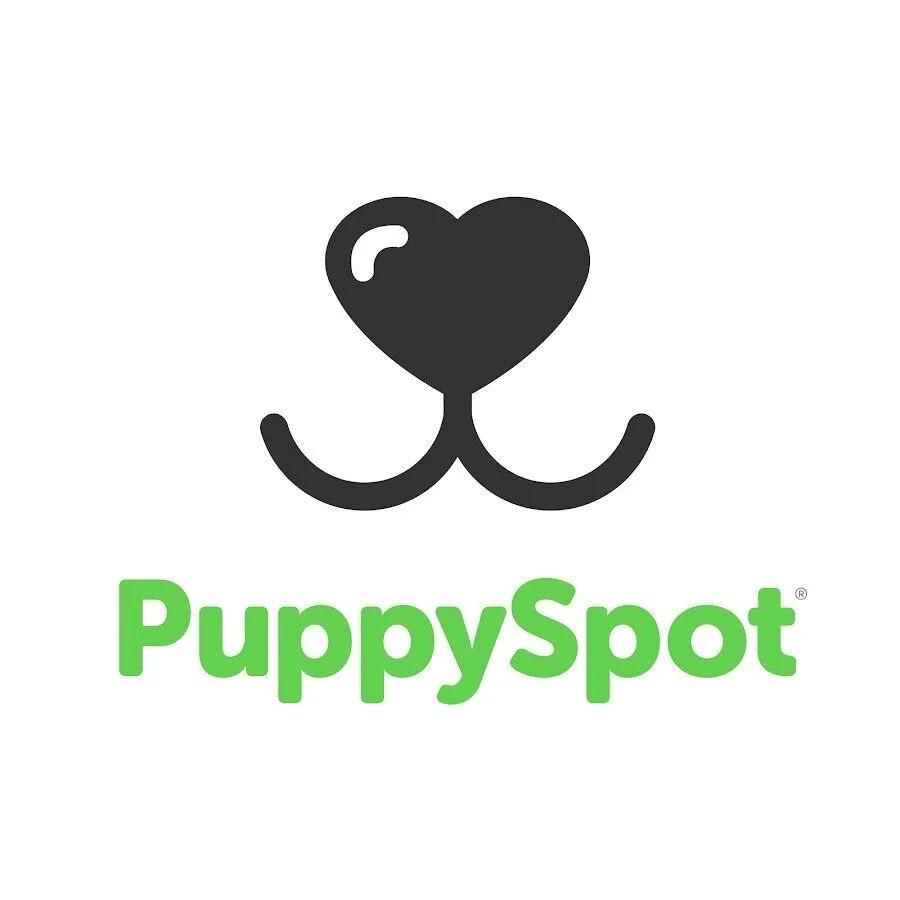
![Toy vs Miniature Poodle [Comparison + Photos]](https://poodle.club/wp-content/uploads/2022/12/toy-vs-mini-poodle-768x512.webp)

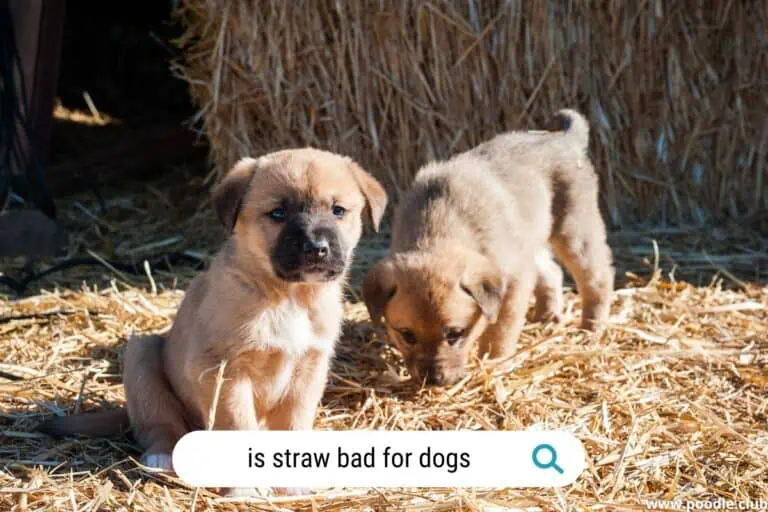
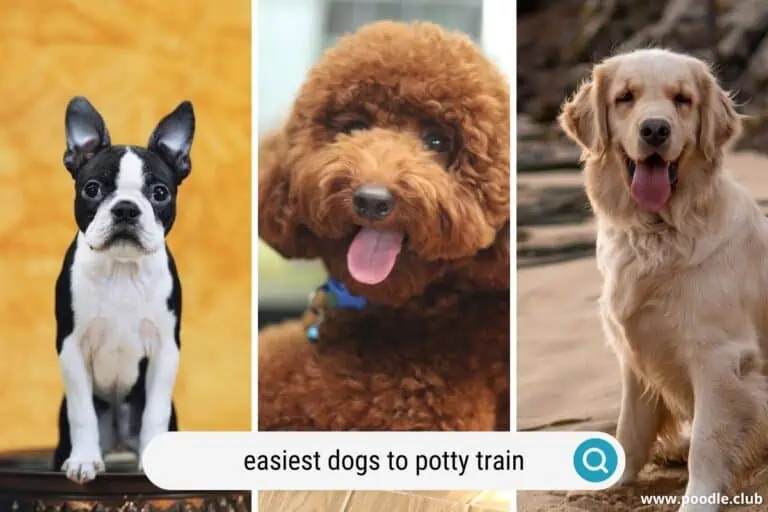
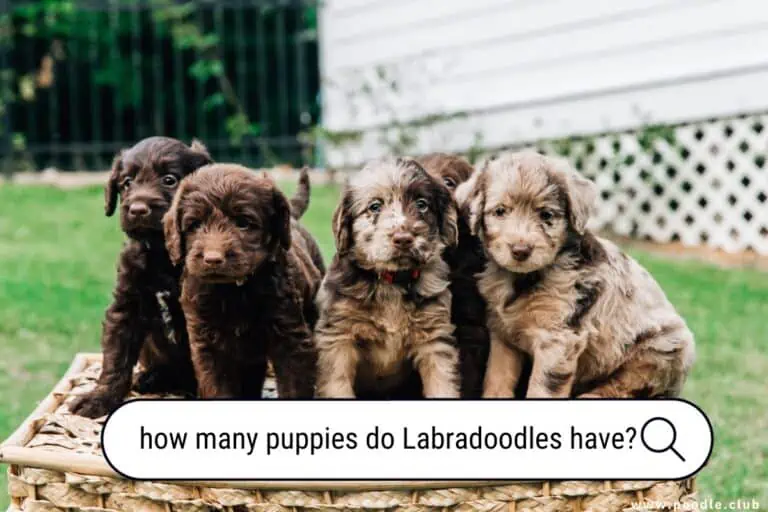
![Why Does My Dog Act Like A Cat? [13 Reasons]](https://poodle.club/wp-content/uploads/2023/03/why-does-my-dog-act-like-a-cat-768x512.webp)